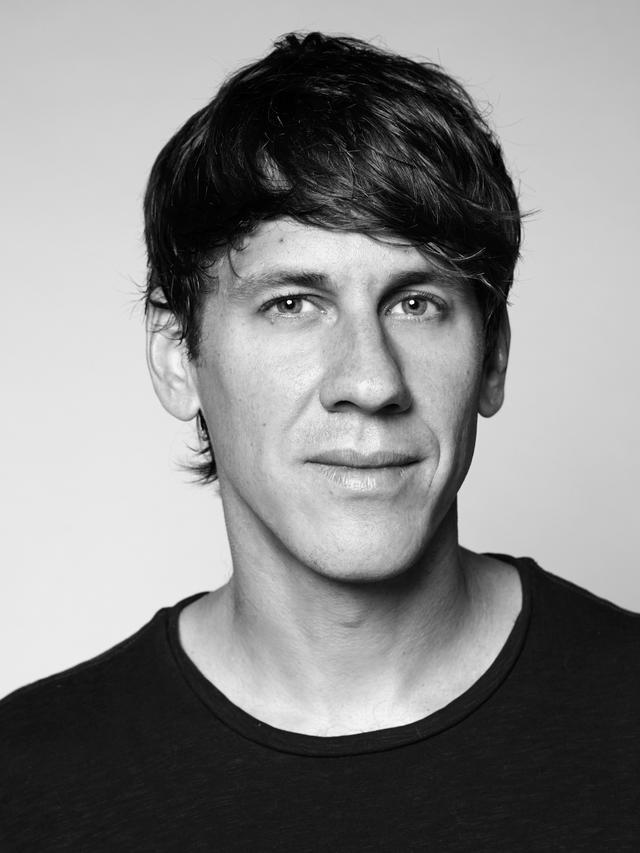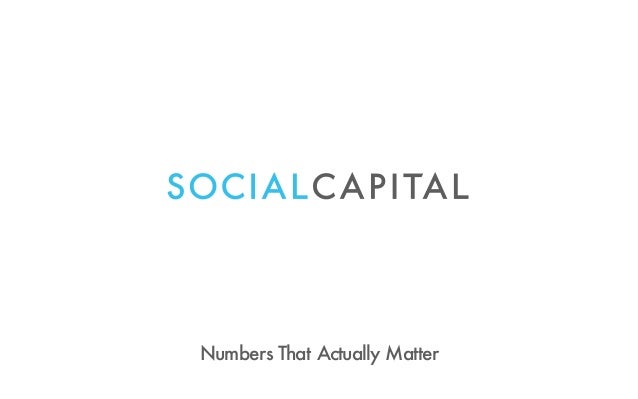
Lessons in Tenacity from the Co-Founder of Foursquare

In 2013, Foursquare co-founder Dennis Crowley walked into a bakery and bought a cake. Almond, with meringue on top. It was sweet — but the milestone was sweeter.


In 2013, Foursquare co-founder Dennis Crowley walked into a bakery and bought a cake. Almond, with meringue on top. It was sweet — but the milestone was sweeter.


“Attitude is a choice. Happiness is a choice. Optimism is a choice. Kindness is a choice. Giving is a choice. Respect is a choice. Whatever choice you make makes you. Choose wisely.” — Roy T. Bennett The human mind can achieve only what is expected of it.


Upcoming SlideShare Loading in …5 × Numbers that Actually Matter. Finding Your North Star 1. Numbers That Actually Matter 2. SaaStr 2017 Numbers That Actually Matter Mamoon Hamid Co-Founder + General Partner 02.08.17 3. The Dream 4.


About 6 months ago I decided that I was going to build a SaaS company from scratch. I had recently sold my company and found myself in discussions with a number of startups around making angel investments.


What can busking teach us about bootstrapping a startup? If you ask Bridget Harris, the two experiences aren’t so different. Bridget, who in a previous life was could be found busking in London’s Covent Garden and in tube stations, is the co-founder and CEO of You Can Book Me.


A little over a year ago, Tower Paddle Boards started letting employees leave by lunchtime and offering 5% profit-sharing.
So while we operated on a standard eight-hour workday at first, just like most other companies, I wanted to put my theory to the test. And it also seemed like freeing up employees’ afternoons for the outdoor lifestyle the company promoted would be a natural fit. So on June 1, 2015, I initiated a three-month test. I moved my whole company to a five-hour workday where everyone works from 8 a.m. to 1 p.m. Over a year later, we’re sticking with it. Here’s why, and how we made the change work.
When we kicked off the pilot program, I told my employees I wanted to give them two things. First, I simply wanted to give them their lives back—so they’d have a pass to walk out each day right at 1 p.m. as long as they proved highly productive. Second, I wanted to pay them better for more the more focused effort that would take. Their per-hour earnings were set to nearly double overnight: we’d be rolling out 5% profit-sharing at the same time.
Prior to the switch, an employee making $40,000 a year would’ve been paid $20 per hour ($40,000 divided by 2,000 hours per year). With the profit-sharing program leading to about $8,000 per person, that same employee would now make about $48,000 but only have a baseline of 1,250 hours per year, so their per-hour earnings would jump to $38.40. And it was crucial to me that this didn’t increase the company’s expenses by a single dime—there’d be no increased financial risk to our bottom line.
In exchange, though, I had a big ask: I needed each of my team members to be twice as productive as the average worker. We had a high bar of productivity to clear before this, and that didn’t change. I told them they just needed to figure out how to do it all in just five hours now—but there’d be support: we’d all need to figure it out and were in this together. If anybody couldn’t, though, they’d be fired. The pressure was real, but so was the incentive to meet the challenge; their workweek had suddenly become better than many people’s vacation weeks.
To make sure we didn’t bite off more than we could chew, I termed the pilot program “summer hours,” and set the expectation that we’d go back to traditional hours in the fall. This made some room to keep an eye on anything that might go wrong. I was concerned that our reduced customer-service hours and shop hours would mean an equal reduction in revenue. My gut told me that attracting better people, making them happy, and getting out of their way would compensate for these limitations, but we’d need to prove that. I actually suspected things would go down a bit, but the net effect would be worth it.
The reality is that we didn’t take a hit at all. Our annual revenues for 2015 were up over 40%. All our numbers were improving, in fact. When I tell people my team only works five hours a day, their response is always, “That’s nice, but it won’t work for me.” The 9-to-5 workday (or worse) is so ingrained that it’s hard to imagine anything else…
Read the full version from the author’s website.

At eShares, we spend a lot of time thinking about how to better educate employees on startup equity. Even new hires at eShares often don’t understand the equity compensation component of their offer letter. So we decided to create a new offer letter.
from Pocket
via Read the full version.

Ideas make the world go round, but coming up with great ones isn’t always easy. Here are ten ways you can prompt your brain to get those ideas flowing. “The best way to come up with new ideas is to get really bored” – prolific author Neil Gaiman says.
Illustration by Fruzsina Kuhári. Photos by Craig Morey, thierry ehrmann, Juhan Sonin, Tina Mailhot-Roberge, iamtheo, Blan-K (Shutterstock), Malinka1 (Shutterstock), and Miguel Angel Salinas Salinas (Shutterstock), Mike Baird, tvnewsbadge.
“The best way to come up with new ideas is to get really bored” — prolific author Neil Gaiman says. Your brain wants to fill the void or at least entertain yourself with new ideas.
In a similar vein, Isaac Asimov suggests that you should spend more time alone with your thoughts, because the presence of others can inhibit your creativity. Spend time with just your thoughts — distracted by neither other people or technology — and your ideas will be unfettered. That’s not to say that group brainstorming sessions don’t have their merits — they just have to be done right — and allow for individual brainstorming time as well.
Creativity is all about making connections. If you have a hard time coming up with one fantastic idea, try combining two so-so or ok ideas. It’s like “idea sex“: Ideas breed ideas.
Coffee keeps you alert, but according to science it’s not the best drink for boosting creativity. Beer (or other alcoholic drinks) make you less focused on the things around you, which — like point number nine above, isolating yourself — can lead to big ideas. Everything in moderation, of course.
Mind maps prompt you to make connections between different concepts, encouraging the creation of new ideas. By diagramming your thoughts, you’ll be able to go both deeper and broader with your subject and uncover ideas that you might have missed with regular text notes.
Ever try to fall asleep and suddenly your brain goes into overdrive thinking of new ideas? It’s a common phenomenon where your subconscious mind starts to take over because you’re finally relaxed and not distracted by anything else. Before bed is a good time to do a brain dump.
You might also be able to generate more ideas if you interrupt your sleep cycle: Wake up 60 minutes into a 90-minute cycle when your brain will be groggier and less likely to censor ideas you have percolating.
Great ideas happen in the weirdest places — like the shower. That environment puts us in a semi-meditative state where our minds are free to wander. There’s no guarantee you’ll get new ideas from your shower, but if you’re feeling stuck, might as well go get clean and see what happens.
If you can’t take a shower, similar activities that release a lot of dopamine in your brain, such as listening to music, can also boost your idea generation.
“Walking organizes the world around us.” Researchers have found that when people take a walk, they’re able to generate about 60 per cent more creative ideas (in the studies, participants came up more uses for an object) — and that effect lasted even after the participants sat down after walking. So go for a walk and break out of your current cycle to get some inspiration.
We are our worst idea censors. We might have too many ideas that we never pursue (and then feel guilty about) or we too quickly label some ideas as stupid. Think twice before rejecting a creative idea that you might be uncomfortable with, and perhaps try keeping a “new ideas document” that encourages you to write down every idea — without guilt or criticism.
That leads us to the most important thing: Ideas are no good if you have them but then forget about them. Always have a place to capture a new idea, whether it’s an app on your phone, a simple pocket notebook, a journal by your bedside table, or the waterproof AquaNotes for the shower. And then re-read your old notes to spark new ideas.
Recent Comments